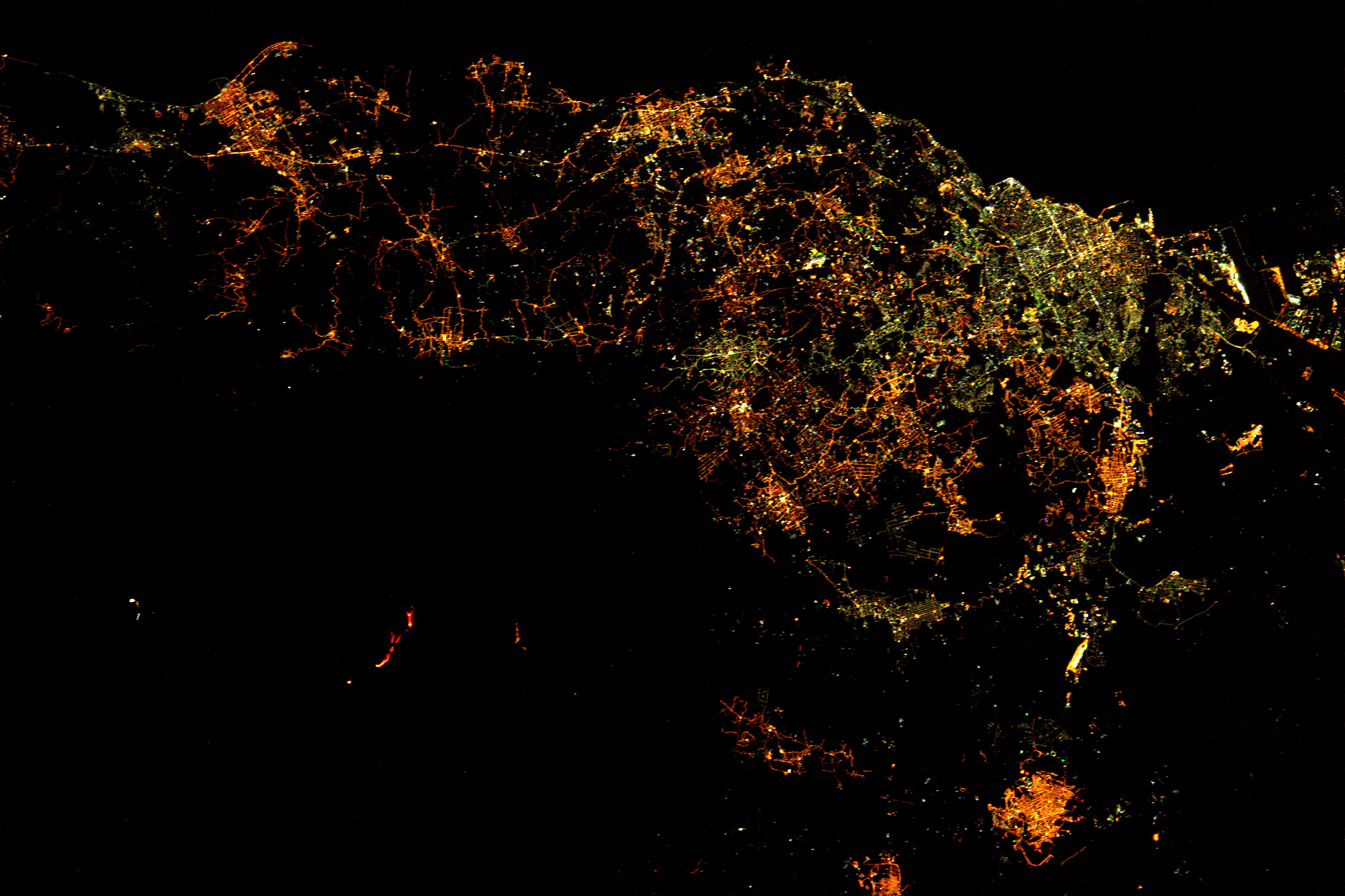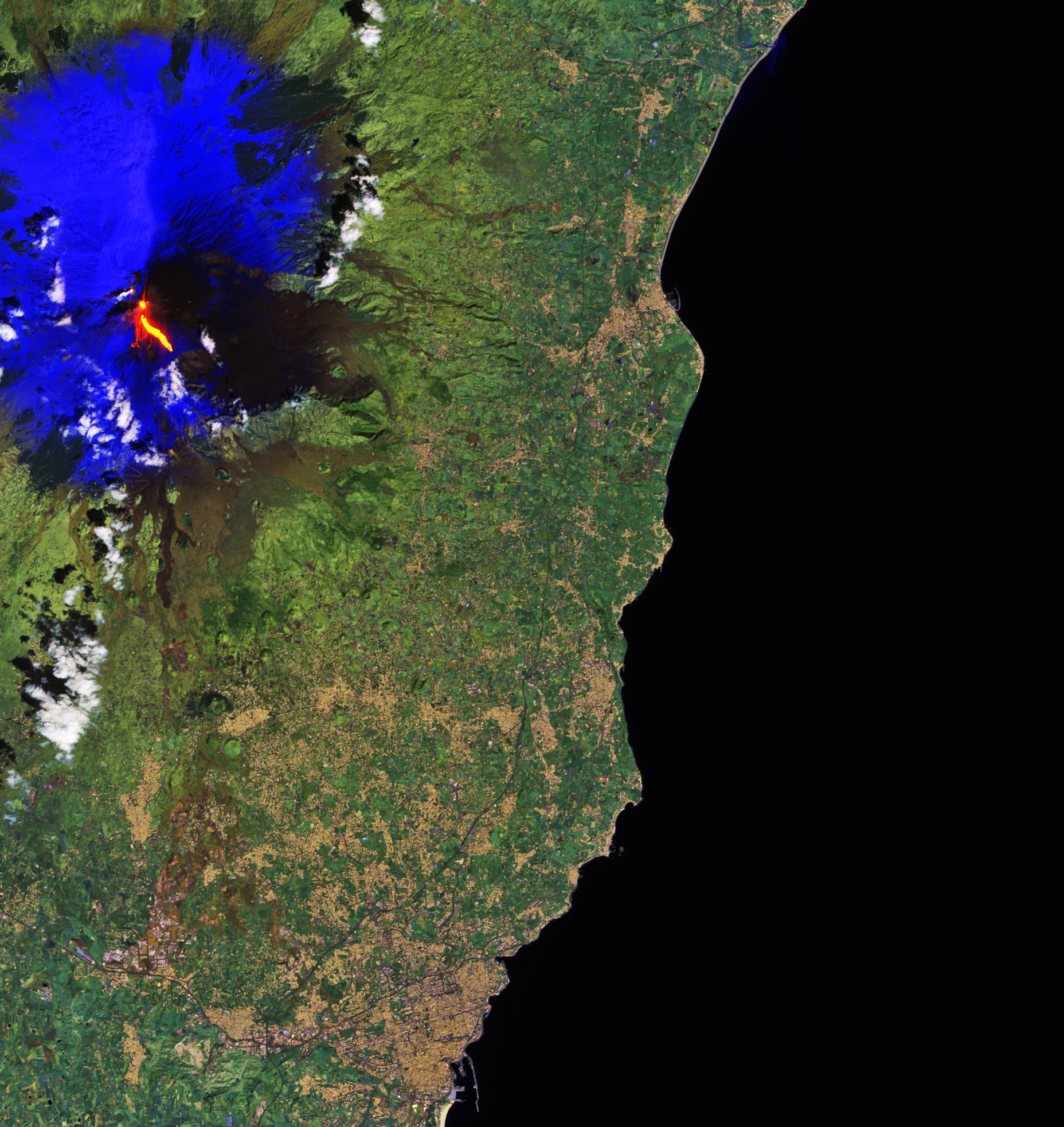Astronaut in Space Sees Mount Etna Volcano Eruption (Photo)

One of the world's most active volcanoes lights up the night in a spectacular new astronaut photo.
Tongues of red-hot lava slide down Sicily's Mount Etna in the image, which was captured from the International Space Station on Saturday (March 19) by European Space Agency (ESA) astronaut Thomas Pesquet.
"The volcano is currently erupting and the molten lava is visible from space, at night! (the red lines on the left)," Pesquet wrote on Twitter Tuesday (March 21), where he posted the image.
ESA's Sentinel-2A satellite also photographed the Mount Etna eruption recently, capturing an outburst on March 16.
"The red-hot lava flowing from Mount Etna can be seen clearly in the image from Sentinel-2A," ESA officials wrote in an image description. "The surrounding snow has been processed in blue to distinguish from the clouds."

With a peak about 10,900 feet (3,320 meters) above sea level, Mount Etna is the tallest active volcano in Europe. It sits near the subduction boundary between the African and Eurasian tectonic plates. Written records of Etna's frequent eruptions go all the way back to 425 B.C.
Pesquet is a member of the space station's current Expedition 50 crew. He arrived at the orbiting lab in November and is scheduled to come back to Earth in early June, along with NASA astronaut Peggy Whitson and cosmonaut Oleg Novitskiy. This is Pesquet's first space mission.
Get the Space.com Newsletter
Breaking space news, the latest updates on rocket launches, skywatching events and more!
Follow Mike Wall on Twitter @michaeldwall and Google+. Follow us @Spacedotcom, Facebook or Google+. Originally published on Space.com.
Join our Space Forums to keep talking space on the latest missions, night sky and more! And if you have a news tip, correction or comment, let us know at: community@space.com.

Michael Wall is a Senior Space Writer with Space.com and joined the team in 2010. He primarily covers exoplanets, spaceflight and military space, but has been known to dabble in the space art beat. His book about the search for alien life, "Out There," was published on Nov. 13, 2018. Before becoming a science writer, Michael worked as a herpetologist and wildlife biologist. He has a Ph.D. in evolutionary biology from the University of Sydney, Australia, a bachelor's degree from the University of Arizona, and a graduate certificate in science writing from the University of California, Santa Cruz. To find out what his latest project is, you can follow Michael on Twitter.









